It is overland tour to Mt. Wudangshan in Hubei province from Xian. Hubei province is located in mid China connecting many provinces in China by convenient transportation of railway, cruise, and flights......
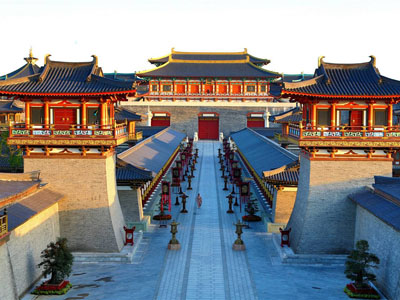
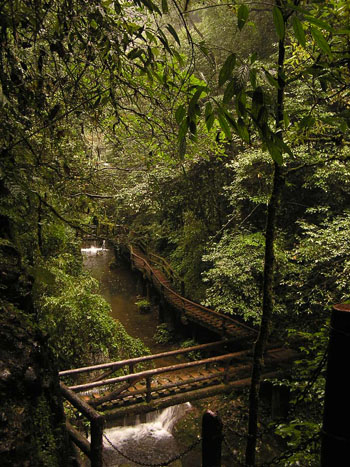 A major landmark in the development of water management and technology in ancient China and one of the birthplaces of the Taoist religion.
A major landmark in the development of water management and technology in ancient China and one of the birthplaces of the Taoist religion.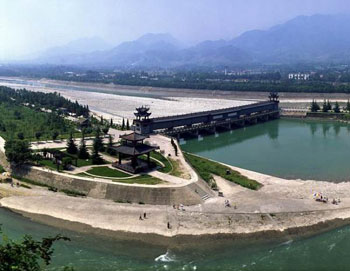 As an indigenous religion of China, the Taoist religion was initiated in the Eastern Han Dynasty by Zhang Daoling and developed ever since. It is part of Taoism in the larger sense, which is deeply inspired by the theory of Laotsu in the Spring and Autumn Period (770-476 BC) and features the harmony of human and nature, the virtue of leisure and tranquility, and a positive attitude toward the occult and the metaphysical. The Taoist religion, which is concerned with the ritual worship of the Tao, has a profound influence upon Chinese life.
As an indigenous religion of China, the Taoist religion was initiated in the Eastern Han Dynasty by Zhang Daoling and developed ever since. It is part of Taoism in the larger sense, which is deeply inspired by the theory of Laotsu in the Spring and Autumn Period (770-476 BC) and features the harmony of human and nature, the virtue of leisure and tranquility, and a positive attitude toward the occult and the metaphysical. The Taoist religion, which is concerned with the ritual worship of the Tao, has a profound influence upon Chinese life.
It is overland tour to Mt. Wudangshan in Hubei province from Xian. Hubei province is located in mid China connecting many provinces in China by convenient transportation of railway, cruise, and flights......
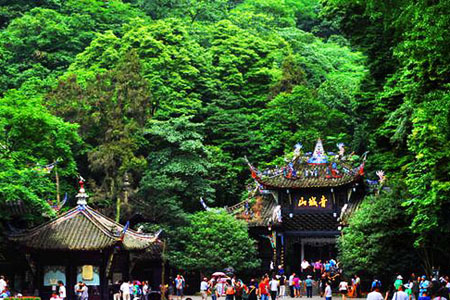
One day classic tours of Chengdu to Mt. Qingchengshan and Dujiangyan Dam will show tourist the profound of ancient Chinese wisdom and culture in harmony relation with the world. ......

The most classic one day Chengdu tours will bring tourist to Chengdu Giant panda garden and Leshan giant buddha with private travel guide and car in Chengdu, extremely convenient and easy!......
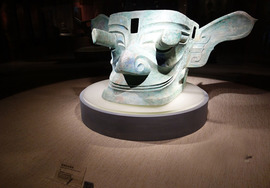
One days best Chengdu tours bring tourist to Sanxingdui museum and giant panda garden with private guide and car, making your tour in Chengdu easy. ......
This panda volunteer work provide tourist with one days unique experience of Panda volunteer project works and bring them an intimate touch with Giant pandas, also the best way to learn deep about pand......
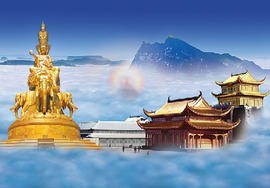
It is tour from the only one operator in Chengdu tours market offering Emeishan and Leshan tours by bullet train. Our highlights including Leshan Giant Buddha and Mt Emeishan. ......

